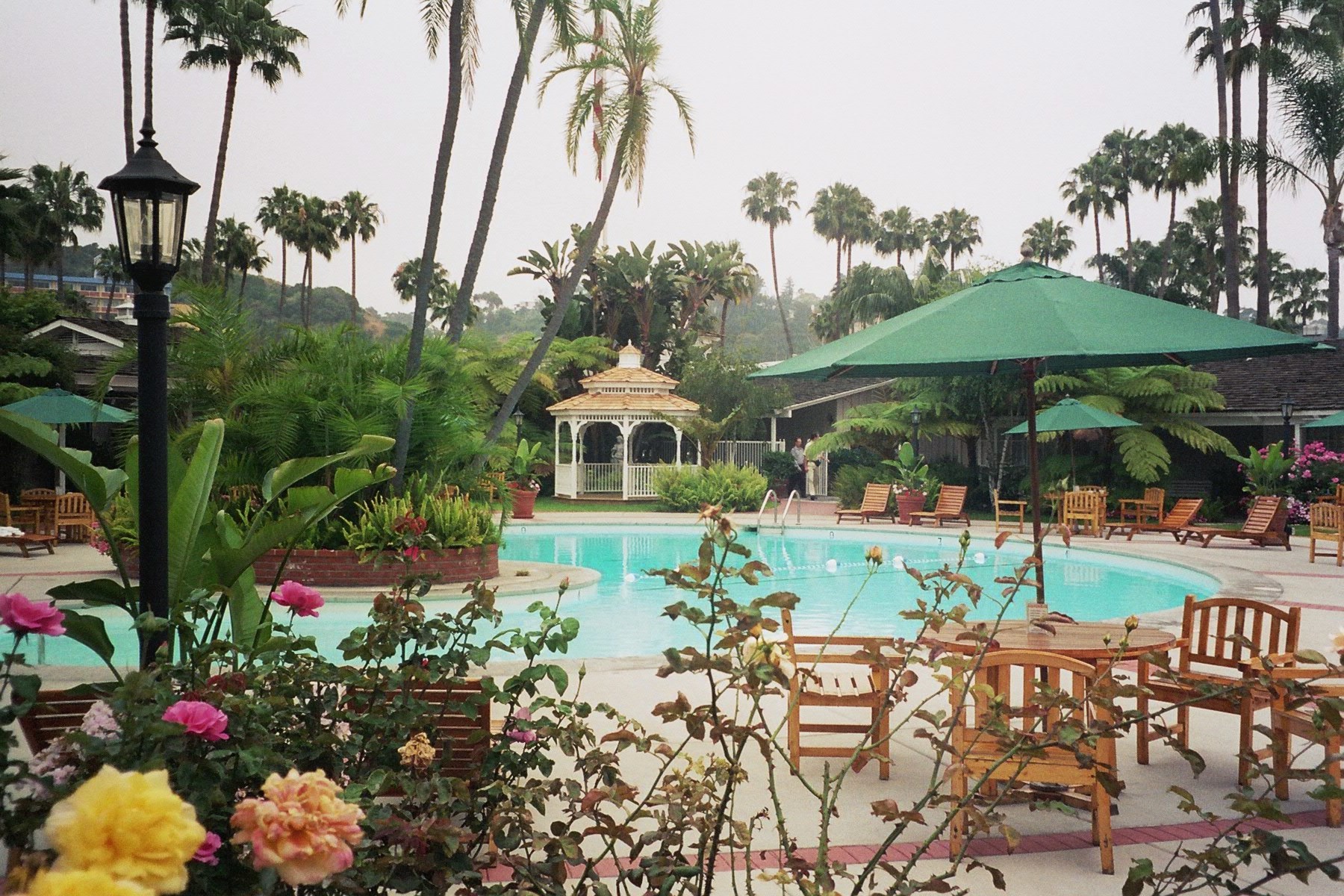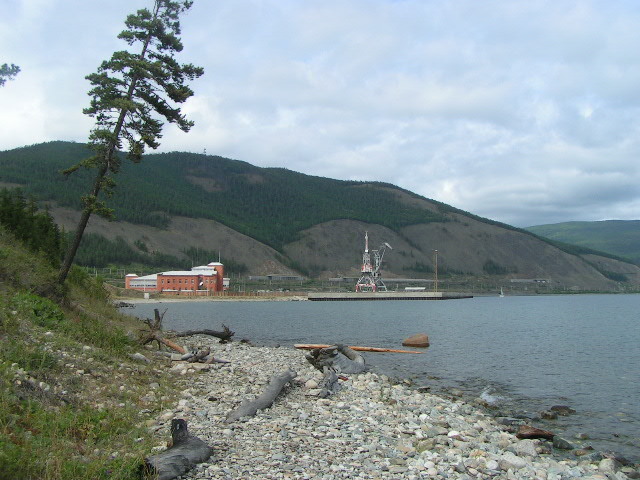|
Resort Khakusy
Khakusy is a health resort with hot springs, located in the north of Buryatia, on the coast of Lake Baikal. The hot Springs are located 700 meters from the shore of Lake Baikal. There are baths built at the water source in the pine forest. The name "Khakusy" comes from the Evenk word meaning "heat", or "hot". The Khakusy resort, founded in 1953, has 50 seats and running hot water in the baths. The resort is closed during autumn due to storms, and in the spring - because of the melting of ice on Lake Baikal. Khakusy is located in the wild, far from populated areas, so getting here can be done from Nizhneangarsk on a boat on Lake Baikal, or from Severobaikalsk Severobaikalsk (russian: Северобайка́льск; bua, Хойто-Байгал, ''Khoito-Baigal'', mn, Хойдбайгал, ''Khoidbaigal'') is a town in the Republic of Buryatia, Russia, located on the northern end of Lake Baikal at t ... by helicopter. Gallery Image:Хакусы.jpg, Pier of Khakusy Image: ... [...More Info...] [...Related Items...] OR: [Wikipedia] [Google] [Baidu] |
Resort
A resort (North American English) is a self-contained commercial establishment that tries to provide most of a vacationer's wants, such as food, drink, swimming, lodging, sports, entertainment, and shopping, on the premises. The term ''resort'' may be used for a hotel property that provides an array of amenities, typically including entertainment and recreational activities. A hotel is frequently a central feature of a resort, such as the Grand Hotel at Mackinac Island, Michigan. Some resorts are also condominium complexes that are timeshares or owned fractionally or wholly owned condominium. A resort is not always a commercial establishment operated by a single company, but in the late 20th century, that sort of facility became more common. In British English, "resort" means a town which people visit for holidays and days out which usually contains hotels at which such holidaymakers stay. Examples would include Blackpool and Brighton. Destination resort A destinatio ... [...More Info...] [...Related Items...] OR: [Wikipedia] [Google] [Baidu] |
Buryatia
Buryatia, officially the Republic of Buryatia (russian: Республика Бурятия, r=Respublika Buryatiya, p=rʲɪsˈpublʲɪkə bʊˈrʲætʲɪjə; bua, Буряад Улас, Buryaad Ulas, , mn, Буриад Улс, Buriad Uls), is a republic of Russia located in Siberia. It is the historical native land of indigenous Buryats. Formerly part of the Siberian Federal District, it has been a part of the Russian Far East since 2018. Its capital is the city of Ulan-Ude, which means Red Gateway in Buryat Mongolian. Its area is with a population of 978,588 ( 2021 Census). Geography The republic is located in the south-central region of Siberia along the eastern shore of Lake Baikal. *Area: *Borders: **Internal: Irkutsk Oblast (W/NW/N), Zabaykalsky Krai (NE/E/SE/S), Tuva (W) **International: Mongolia (Bulgan Province, Khövsgöl Province and Selenge Province) (S/SE) **Water: Lake Baikal (N) *Highest point: Mount Munku-Sardyk () Rivers Major rivers include: * Barguzi ... [...More Info...] [...Related Items...] OR: [Wikipedia] [Google] [Baidu] |
Lake Baikal
Lake Baikal (, russian: Oзеро Байкал, Ozero Baykal ); mn, Байгал нуур, Baigal nuur) is a rift lake in Russia. It is situated in southern Siberia, between the federal subjects of Irkutsk Oblast to the northwest and the Republic of Buryatia to the southeast. With of water, Lake Baikal is the world's largest freshwater lake by volume, containing 22–23% of the world's fresh surface water, more than all of the North American Great Lakes combined. It is also the world's deepest lake, with a maximum depth of , and the world's oldest lake, at 25–30 million years. At —slightly larger than Belgium—Lake Baikal is the world's seventh-largest lake by surface area. It is among the world's clearest lakes. Lake Baikal is home to thousands of species of plants and animals, many of them endemic to the region. It is also home to Buryat tribes, who raise goats, camels, cattle, sheep, and horses on the eastern side of the lake, where the mean temperature var ... [...More Info...] [...Related Items...] OR: [Wikipedia] [Google] [Baidu] |
Evenki Language
Evenki (Ewenkī), formerly known as Tungus or Solon, is the largest member of the northern group of Tungusic languages, a group which also includes Even, Negidal, and the more closely related Oroqen language. The name is sometimes wrongly given as "Evenks". It is spoken by Evenks or Ewenkī(s) in Russia and China. In certain areas the influences of the Yakut and the Buryat languages are particularly strong. The influence of Russian in general is overwhelming (in 1979, 75.2% of the Evenkis spoke Russian, rising to 92.7% in 2002). Evenki children were forced to learn Russian at Soviet residential schools, and returned with a “poor ability to speak their mother tongue...". The Evenki language varies considerably among its dialects, which are divided into three large groups: the northern, the southern and the eastern dialects. These are further divided into minor dialects. A written language was created for Evenkis in the Soviet Union in 1931, first using a Latin alphabet, and ... [...More Info...] [...Related Items...] OR: [Wikipedia] [Google] [Baidu] |
Nizhneangarsk
Nizhneangarsk (russian: Нижнеанга́рск; bxr, Доодо Ангар, ''Doodo Angar''; mn, Доор Ангар, ''Door Angar'') is an urban locality (an urban-type settlement) and the administrative center of Severo-Baykalsky District of the Republic of Buryatia, Russia, located at the northern tip of Lake Baikal, north of Severobaykalsk. As of the 2010 Census, its population was 5,030. History It was founded in 1643 by the Russian explorer Semyon Skorokhod and was originally called Verkhneangarsk (), after the fort built here by Vasily Kolesnik in 1646. In the 1970s, it was planned to make Nizhneangarsk the headquarters of the western end of the Baikal–Amur Mainline, but the marshy ground made it hard to build large buildings, so the headquarters were moved south to Severobaykalsk. Administrative and municipal status Within the framework of administrative divisions, Nizhneangarsk serves as the administrative center of Severo-Baykalsky District.Resolution ... [...More Info...] [...Related Items...] OR: [Wikipedia] [Google] [Baidu] |
Severobaikalsk
Severobaikalsk (russian: Северобайка́льск; bua, Хойто-Байгал, ''Khoito-Baigal'', mn, Хойдбайгал, ''Khoidbaigal'') is a town in the Republic of Buryatia, Russia, located on the northern end of Lake Baikal at the mouth of the Tyya River, northwest of Ulan-Ude and northeast of Irkutsk. Population: Geography Severobaikalsk is located on a plateau at the northern end of Lake Baikal at the mouth of the Tyya River. To the west the town is surrounded by the Baikal Mountains, to the northeast by the Stanovoy Range. Severobaikalsk is geographically isolated, the closest town is Ust-Kut, more than away. The closest large cities are Ulan-Ude, to the southeast and Irkutsk, more than to the southwest. History The history of Severobaikalsk is closely related to the history of the Baikal-Amur Mainline (BAM). It was founded in 1974 as a work settlement for workers constructing the BAM, serving as a logistics center and a central starting point for th ... [...More Info...] [...Related Items...] OR: [Wikipedia] [Google] [Baidu] |
Buildings And Structures In Buryatia
A building, or edifice, is an enclosed structure with a roof and walls standing more or less permanently in one place, such as a house or factory (although there's also portable buildings). Buildings come in a variety of sizes, shapes, and functions, and have been adapted throughout history for a wide number of factors, from building materials available, to weather conditions, land prices, ground conditions, specific uses, prestige, and aesthetic reasons. To better understand the term ''building'' compare the list of nonbuilding structures. Buildings serve several societal needs – primarily as shelter from weather, security, living space, privacy, to store belongings, and to comfortably live and work. A building as a shelter represents a physical division of the human habitat (a place of comfort and safety) and the ''outside'' (a place that at times may be harsh and harmful). Ever since the first cave paintings, buildings have also become objects or canvasses of much artistic ... [...More Info...] [...Related Items...] OR: [Wikipedia] [Google] [Baidu] |



